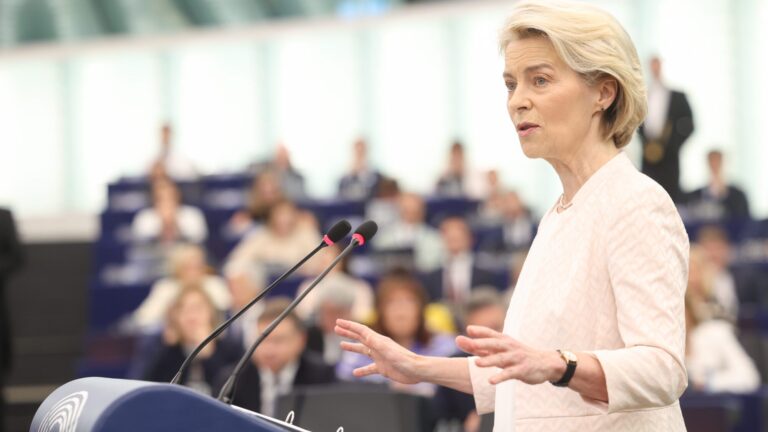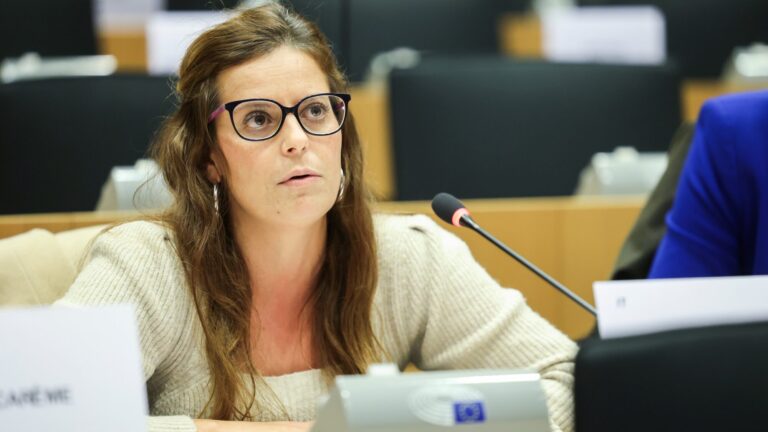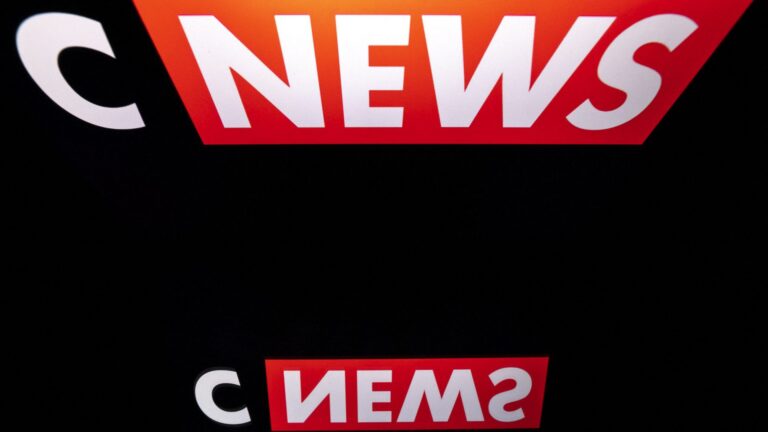The long-awaited rally organised in Paris on the Place du Trocadéro by the supporters of Éric Zemmour and his party, Reconquête, was held on Sunday, March 27th under a radiant sun. The conditions were right to make this meeting the high point of his campaign, a fortnight before the first round of the elections, and the day before the “official” start of the campaign which will allow all candidates to benefit from the same speaking time on all media until April 8th. On April 8th, the official campaign will end and candidates will be asked to stop communicating in public places, markets, radio, television, and social networks before the vote is held on Sunday, April 10th. Polls will also stop on that date.
Venus des quatre coins de la France, vous êtes des dizaines de milliers rassemblés au Trocadéro ! Merci à tous pour cette ferveur exceptionnelle !#ZemmourTrocadero pic.twitter.com/w2WVwbbC4D
— Eric Zemmour (@ZemmourEric) March 27, 2022
The Trocadéro rally was precisely intended to give the lie to the polls, which have not been favourable to Zemmour for several weeks. For the past few days, several polling institutes have even placed him below the 10% mark. For his supporters, it was therefore a question of proving that the Zemmour dynamic that they observe on the ground and on the web is real.
🔴 Foule immense, place débordante, drapeaux, soleil, Jean-Marc l’abstentionniste…
— François de Voyer (@fdevoyer) March 27, 2022
Jusque là tout va bien.
Un membre de l’équipe de campagne nous confie : « comment pourrions-nous être à moins de 10 avec une telle mobilisation ? » #ZemmourTrocadero pic.twitter.com/MYa2bO8INb
The Place du Trocadéro is a highly symbolic place in Paris. It faces the Eiffel Tower and has hosted important rallies of the French Right on several occasions. In 2012, Nicolas Sarkozy held a major campaign meeting there. In 2017, candidate François Fillon, attacked from all sides, also gathered his supporters in an impressive show of force that gave birth to the enshrined expression, the “Trocadéro Right” to describe the combination of a liberal economic policy with conservative values, close to the Manif Pour Tous movement. The Trocadéro, however, did not bring luck to either Sarkozy or Fillon, both of whom were defeated in the presidential election.
Zemmour’s choice can nevertheless be explained by the desire to take revenge on these two defeats of the Right: “I chose the Trocadero to wash away the affronts of the Right,” he forcefully explained. The Reconquête candidate stated several times during his speech, “I am the only candidate of the Right.” “We are the only heirs of a Right that loves France,” he said, denouncing his opponents: Valérie Pécresse the “centrist, already ready to vote Emmanuel Macron in the second round;” Marine Le Pen “the socialist in economics who no longer wants to take any risk of displeasing the media;” and Emmanuel Macron, “who still doesn’t know which side he is on.” With regard to his competitor from the Rassemblement National, Zemmour did not hold back his blows by having her vigorously booed. By this strategy he is making a possible reconciliation for the second round even more difficult. The columnist and former adviser to Marion Maréchal, Arnaud Stephan, denounced this strategy of “scorched earth:”
Les sous-entendus des discours du #Trocadero sont hallucinants !
— Arnaud Stephan (@StephanArnaud) March 27, 2022
Les Zemmouriens font la politique de la terre brûlée pour empêcher de créer une dynamique nationale au deuxième tour. Quel infantilisme !
Zemmour remained undaunted and asked for applause for several of the most right-wing Republican celebrities, such as Laurent Wauquiez, Éric Ciotti, and Nadine Morano, sparing Jordan Bardella, the current president of the Rassemblement National (RN).
The main figures of the movement took the podium to speak, in particular the most emblematic personalities who rallied around Éric Zemmour: the former MEP of the Rassemblement National, Nicolas Bay, the former MP of the RN, the director of the ISSEP Marion Maréchal, and the senator from Les Républicains, Sébastien Meurant. In order to reinforce the social concern of their candidate, the floor was given to Laurence Trochu, from the Conservative Movement, to defend the cause of women, and to “Jean-Marc”—an abstentionist embodying the new voters returning to the polls to vote for Zemmour. Yet no precise statement was made on his programme.
A controversy arose over the remarks made during the meeting. The slogan of “Macron Assassin” (Macron is a murderer) was chanted for long seconds, prompting condemnation from some political figures, such as Emmanuel Macron’s former interior minister Christophe Castaner. Zemmour’s activists do not challenge this label, which to them validates the responsibility of the current president for the judicial laxity favouring crimes of multi-recidivists, or the migratory laxity that made the arrival of terrorists on French soil possible. Candidate Zemmour, for his part, claims to have “heard nothing.”
Zemmour’s supporters were enthusiastic. The pictures show an impressive sea of French flags, symbols of the expected reconquest, which give them confidence. The Reconquête party maintains that the new candidate of the national Right is underestimated in the polls, which are “out of step” with the reality shown by this mobilisation. If the Trocadéro is an emblematic place of bourgeois Paris, in the 16th arrondissement of Paris, one of the richest in Paris, the party staff continues to communicate on the union of bourgeois and popular electorates behind Zemmour—a reality that remains however difficult to measure with precision.
Ce qui est unique au #ZemmourTrocadero c’est le mélange de toute les classes, populaires et bourgeoises, LR et RN.
— Damien Rieu (@DamienRieu) March 27, 2022
The means were put in place to bring militants from all over France to Paris, allocating more than 200 buses, for a total budget of the meeting estimated at €1 million. The organisers announced that 100,000 people would attend. The press retains the figure of 50,000 given the size of the Trocadéro square, and the registrations registered beforehand by the Reconquest party.
The next few days will allow us to measure the impact of this meeting on voting intentions, even if the polls are more likely than ever to err on the side of caution, especially because of the high abstention rate announced for this election.





